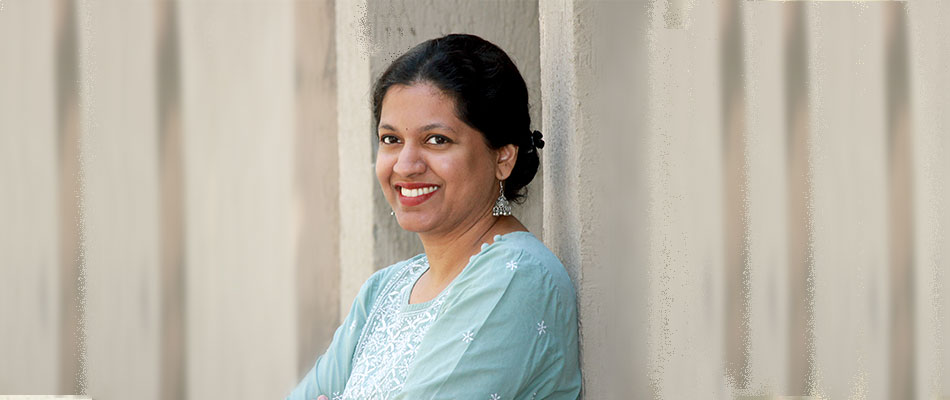“Where are we going to use this in real life?” is a common question asked in a pure mathematics course. This question is usually irritating to mathematics faculty, especially the pure mathematicians. The reason is because they do mathematics for its own sake just because of the aesthetic appeal it holds for them. We posit that mathematics should be done for its own sake, not just for its practical value, as it enhances ones thinking abilities and problem solving capabilities by enabling one to look beyond the obvious. Let us demonstrate this by looking at history.
The story begins with the pursuit of roots of polynomials with integer coefficients. The first nontrivial polynomial to be studied was the quadratic polynomial which is encountered very commonly. Even so, its solutions in the most general case were fully understood only in the 16th - 17th century, though essentially the quadratic formula was known by the 9th century. Around the same time, mathematicians were also working on the cubic equation. The first solution to the general case was essentially solved by Tartaglia whose work has been reportedly plagiarized by Gerolamo Cardano. However, the method has been historically referred to as the Tartaglia-Cardano method. There were some kinks in the method that had to be ironed out.
The work on solving them, even though started with the Babylonians around 2000BC, it culminated into its form that we now know, only in the 16th century. The significant results in mathematics have never occurred over a fortnight. They always seem to be an improvement over the work till any given moment in time.
Lodovico Ferrari, Cardano’s student is credited with the discovery of the solution to the quartic equation around the same time which was published along with the work on the cubic equation.
Naturally, mathematicians were curious about the next step, the quintic equation! The next 3 centuries following Ferrari’s work would be spent on futile attempts to solve the quintic equation. During this period there were attempts by Newton and Raphson to find approximate solutions which is used even today! However, pure mathematicians were obviously never satisfied with the approximate solutions and were desperately seeking the truth about the quintic equation. This anxiety was partially laid to rest when Abel and Ruffini proved in 1824 that only polynomials with a maximum degree of four can have solutions which are algebraic functions of its coefficients.
Curious animals as they are, mathematicians were then pondering over whether there are any conditions satisfied by polynomials of degree 5 or higher, which guarantees the existence of an algebraic solution as mentioned above. The notes that French mathematician, Evariste Galois left prior to a duel that took his life in 1832 later led to a complete theory about the roots of any polynomial, which came to be known as Galois theory!
Galois’ approach was completely abstract. He considered the symmetries of the roots of those polynomials whose roots are algebraic functions of the coefficients. He saw that such symmetries have the properties of an algebraic structure called a ‘solvable group’. His main result gave the necessary and sufficient condition for the roots to have the desired property. This was a significant theory that is applied in various areas even to date.
The RSA cryptosystems would not have seen the light of day had it not been for number theorists working on prime numbers purely because of their love for the subject. This couldn’t have been possible if everyone only looked at the local problems that needed to be solved and didn’t do mathematics for its own sake! Abstraction is about redefining the context of a given problem by either constraining or expanding it. It teaches us to think outside the box! Even though students of mathematics are not interested in pursuing mathematics as a career, a training in abstract mathematics certainly can benefit a student by enhancing their analytical skills which are valuable tools in every area.
In Mathematics, some results are obtained as a means to an end whereas others are an end in themselves which find an application in the future problems that one may encounter. In this regard, I feel that mathematics shouldn’t be compartmentalised into pure or applied, but embraced as one for its sheer beauty!
- Prof. Indrani Rao, Assistant Professor – Mathematics


